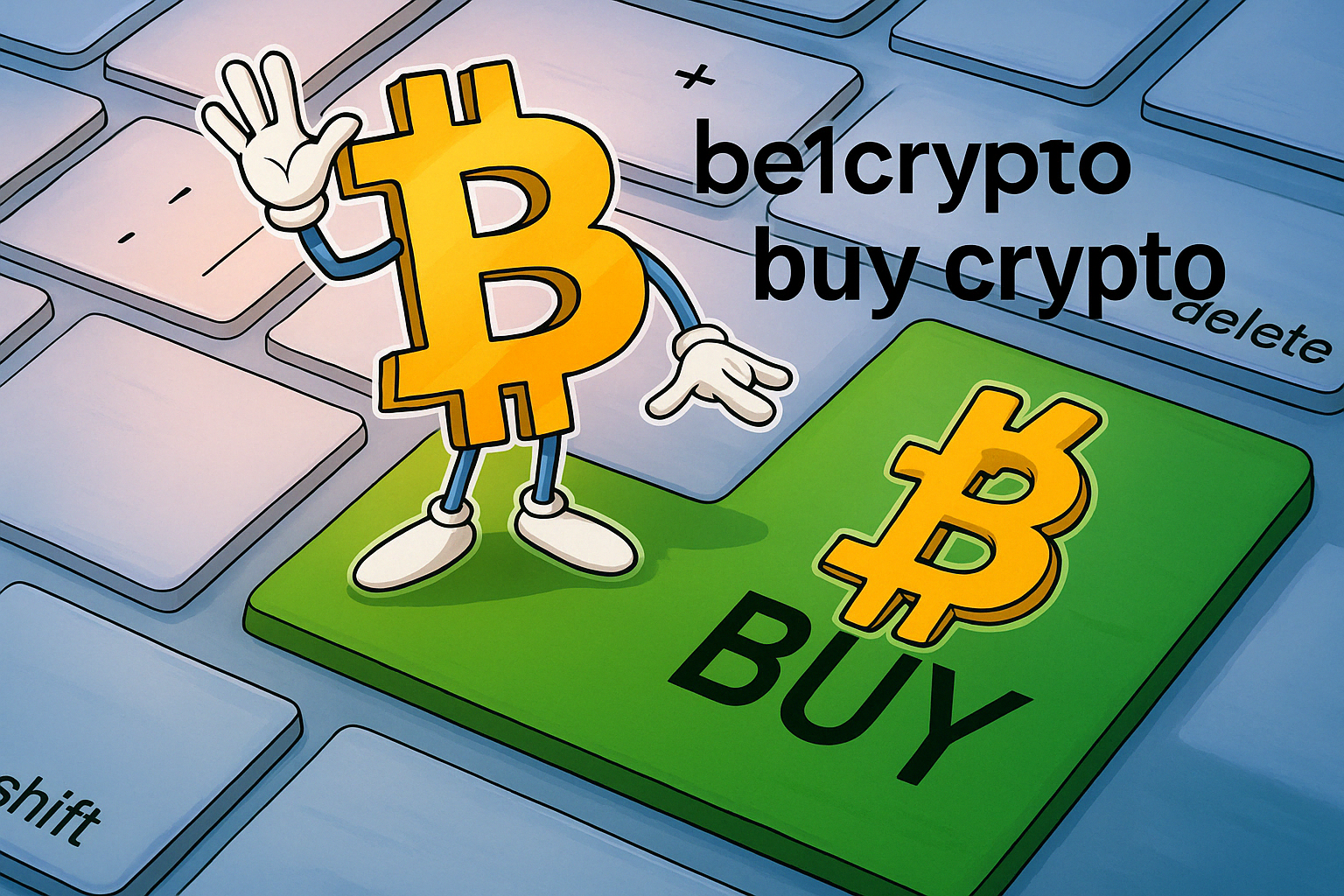As the digital currency ecosystem matures, few platforms have remained as consistent in analyzing and forecasting crypto trends as FintechZoom.com. With Bitcoin leading the charge into the future of decentralized finance, FintechZoom.com’s coverage has become a go-to source for investors, miners, analysts, and curious enthusiasts seeking insight into the evolving economic, technological, and geopolitical factors shaping the market. As we enter 2025, a closer look at the projected trends and challenges within Bitcoin mining and trading offers a compelling preview of what may lie ahead.
The Evolution of Bitcoin: A Decade of Transformation
Bitcoin’s journey since its 2009 launch has been nothing short of revolutionary. From an obscure peer-to-peer currency designed by the mysterious Satoshi Nakamoto to a global financial asset recognized by institutions, central banks, and governments, Bitcoin has disrupted conventional finance in once unthinkable ways. Fintech platforms like FintechZoom.com have meticulously chronicled this transformation, offering real-time analysis and thought leadership to decode each milestone.
In 2025, Bitcoin will no longer exist on the periphery of financial innovation—it will be central to the conversation. With widespread adoption, the entrance of state-backed cryptocurrencies, and evolving regulatory frameworks, FintechZoom.com Bitcoin projections indicate that the coming years may see Bitcoin solidifying its role as both a store of value and a transactional currency, especially in emerging economies and digital-native sectors.
Bitcoin Mining: Scaling New Heights Amid Sustainability Challenges
One of the core pillars of Bitcoin’s infrastructure is mining—the energy-intensive process of validating transactions and securing the blockchain. While mining has evolved from home setups to large-scale industrial operations, 2025 presents new dynamics influenced by regulation, environmental impact, and technological innovation.
According to FintechZoom.com Bitcoin coverage, the energy debate surrounding mining has intensified, especially in light of global commitments to reduce carbon emissions. In response, miners are increasingly transitioning to renewable energy sources, including hydroelectric, solar, and geothermal. Countries like Iceland, Canada, and certain U.S. states have emerged as attractive hubs for green mining operations due to favorable climates and access to sustainable power grids.
Additionally, hardware improvements are reshaping mining profitability. The introduction of next-gen ASIC miners has increased efficiency and reduced power consumption per hash. Mining companies are also leveraging AI and machine learning to optimize operations, reduce downtime, and forecast market fluctuations more effectively. As noted on FintechZoom.com, these shifts make mining more accessible and sustainable, particularly for mid-size players previously squeezed out by high energy costs and low margins.
Regulation & Institutional Adoption: Double-Edged Swords
While decentralization is Bitcoin’s foundational principle, regulation has become a necessary evil for its mainstream integration. Governments and financial authorities worldwide are taking a more hands-on approach in 2025, introducing new compliance requirements that affect trading platforms, wallets, and miners alike.
FintechZoom.com Bitcoin analysis reveals a pattern: regions adopting clear, pro-innovation regulation are seeing exponential growth in retail and institutional activity. For example, countries that have created legal frameworks for crypto ETFs (exchange-traded funds) are attracting billions in institutional investment. Conversely, regions with overly strict or unclear policies are experiencing an exodus of innovation and capital to more favorable jurisdictions.
Institutional adoption has legitimized the Bitcoin ecosystem, but not without concerns. Big players bring stability and volume yet influence market dynamics, sometimes distorting the decentralized ethos. According to FintechZoom.com, 2025 will see an increasing concentration of Bitcoin ownership among hedge funds, publicly traded companies, and central banks experimenting with digital reserves. The result is a delicate balance between decentralization and traditional finance that will define Bitcoin’s identity in the coming decade.
Price Trends & Volatility: Forecasting the Unpredictable
Bitcoin’s price has always been a rollercoaster, and 2025 is no different. From all-time highs to sharp corrections, the cryptocurrency’s volatility remains both a lure and a barrier to broader adoption. Still, FintechZoom.com Bitcoin forecasts suggest that price swings are becoming slightly more predictable, thanks to improved analytics, on-chain metrics, and market maturity.
Several key indicators are shaping price predictions for the year. First, Bitcoin’s halving cycle, which occurred in April 2024, has once again tightened supply—a historical precursor to price surges. Second, geopolitical instability, inflation concerns, and fiat currency devaluation in several regions are driving investors toward digital assets as safe havens. Lastly, the increasing integration of Bitcoin into digital wallets, point-of-sale systems, and cross-border remittance platforms enhances its utility beyond speculation.
Still, experts on FintechZoom.com caution that macroeconomic factors, such as interest rate changes or sudden regulatory crackdowns, can lead to rapid sentiment shifts. Investors are advised to adopt long-term perspectives and diversify portfolios to weather inevitable storms.
DeFi, Layer-2 Solutions, and the Expanding Bitcoin Ecosystem
While Ethereum often gets the spotlight in decentralized finance (DeFi), Bitcoin is carving out its own niche. With the rise of Bitcoin-native DeFi protocols and Layer-2 scaling solutions like the Lightning Network, Bitcoin is no longer just a store of value—it’s becoming programmable money.
FintechZoom.com Bitcoin reports highlight the growing adoption of smart contract capabilities layered onto the Bitcoin blockchain through platforms like RSK and Stacks. These innovations allow developers to build DeFi applications—such as decentralized exchanges (DEXs), lending protocols, and synthetic asset platforms—without migrating to Ethereum or alternative chains.
In parallel, the Lightning Network has seen exponential growth in 2025. It facilitates instant, low-fee transactions by operating off-chain, drastically improving Bitcoin’s scalability. This development is particularly impactful in regions with unstable currencies, where users rely on microtransactions and need a fast, affordable means of exchange.
By enabling programmable finance, Bitcoin is expanding beyond its original vision and becoming an integral part of the broader Web3 revolution. FintechZoom.com projects this trend will continue as developers, entrepreneurs, and investors find new ways to leverage Bitcoin’s security and liquidity in innovative use cases.
Bitcoin and the Global Economy: A New Financial Order?
Beyond technology and investment, Bitcoin is becoming a geopolitical tool. In 2025, countries grappling with hyperinflation, capital controls, or economic sanctions are increasingly turning to Bitcoin as a parallel financial system. While this raises concerns among global regulators, it also signals the currency’s growing relevance on the world stage.
FintechZoom.com’s Bitcoin coverage notes that several nations are actively integrating Bitcoin into their financial ecosystems—not necessarily as legal tender but as part of foreign reserve diversification, trade settlements, or national digital wallet systems. This trend blurs the line between national and decentralized finance, suggesting a potential shift in the global financial order.
Furthermore, Bitcoin is playing a significant role in financial inclusion. With over 1.7 billion people worldwide still unbanked, mobile Bitcoin wallets enable individuals in underserved regions to participate in the digital economy. This aligns with FintechZoom.com’s broader coverage of fintech as a force for global equity and empowerment.
The Road Ahead: Challenges and Opportunities in 2025
As Bitcoin continues evolving, the road ahead will feature growing pains and groundbreaking milestones. Security remains a constant concern as phishing attacks, exchange hacks, and social engineering threats continue to plague the ecosystem. Regulatory battles, particularly around privacy coins and decentralized finance, could also pose hurdles to innovation.
Nonetheless, the outlook remains optimistic. FintechZoom.com Bitcoin analysis consistently emphasizes resilience, adaptability, and community-driven development as core strengths of the Bitcoin network. With a committed base of developers, miners, investors, and everyday users, Bitcoin is uniquely positioned to thrive in the face of adversity.
2025 will likely be a defining year. Whether it marks the beginning of Bitcoinization, a new wave of regulation, or another chapter in Bitcoin’s story, one thing is clear: platforms like FintechZoom.com will remain essential in deciphering the complex forces at play.
Also, Read The Following: PedroVazPaulo Executive Coaching.



